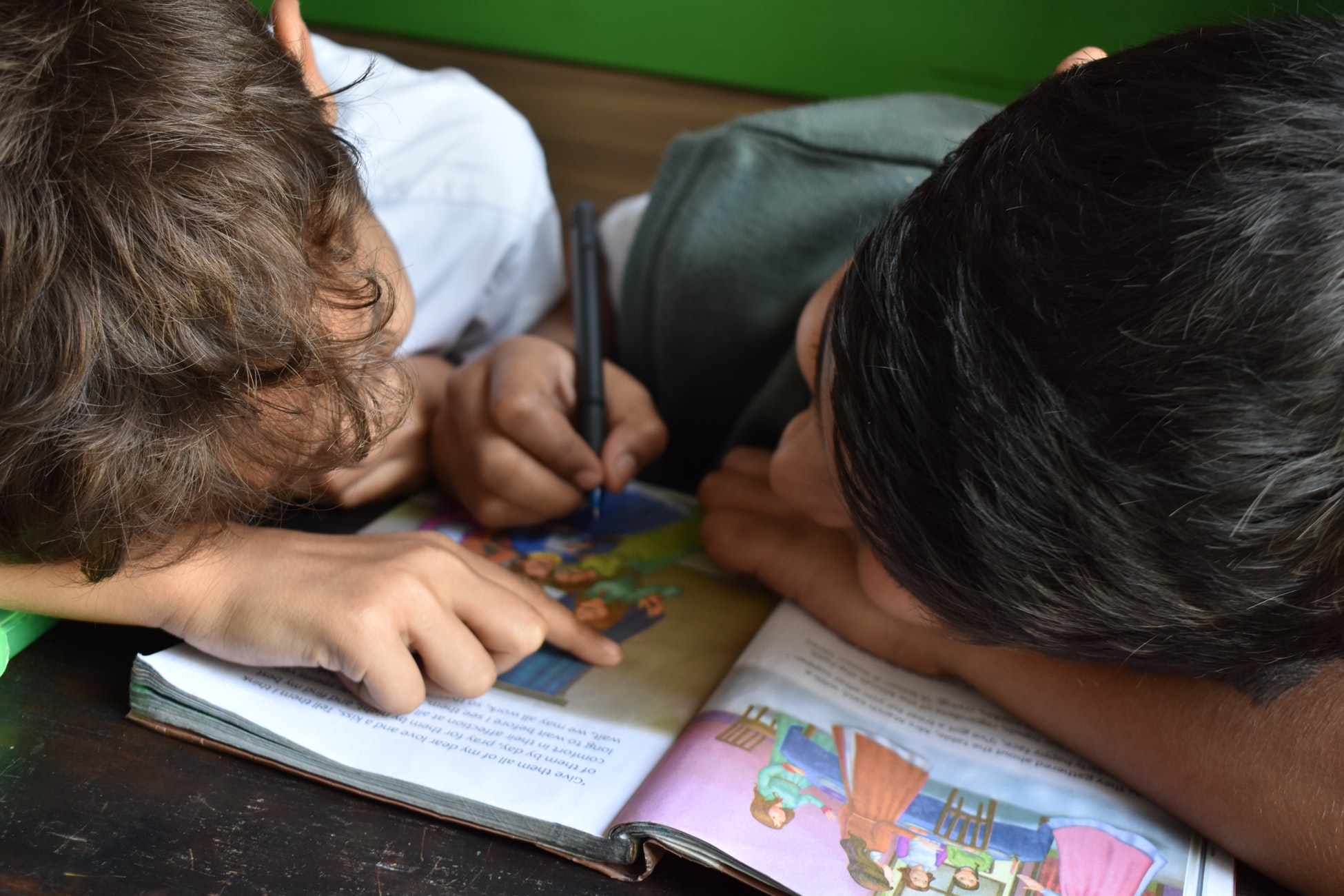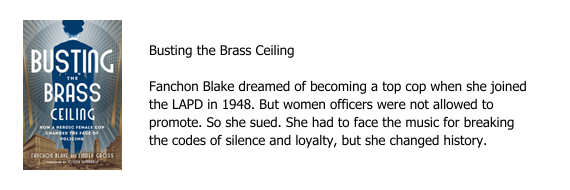To write a good book, you have to start with a solid idea. Children’s books are no different. The twist with kids’ books is that your storyline has to appeal both to the parent who’s going to buy the book and the child who will read it. And, as with any good book, your theme(s) will need to be deftly woven into your children’s book plot ideas so that no one feels that they’ve been clobbered over the head with your message.
Since the book series idea and characters I’ve come up with in my children’s book series are more suited to a younger audience, my books will feature a single theme. If I was writing for a young adult audience—or even planning out a middle-grade chapter book—there would probably be more. While it initially seemed that I had two themes, I finally realized that I only have one. My goal with the series is to excite kids about other places and cultures, but that’s not a theme. That’s my intention and, hopefully, the result. The theme is about pushing one’s limits in order to grow.
The great part about this theme is that it inherently incorporates an element that most people don’t necessarily associate with children’s books: suspense. And yet, even those easy readers are chock full of it. Can the stakes get any higher than in E.B. White’s Charlotte’s Web, where a life hangs in the balance? Talk about tense!
In Writer Magazine’s “5 Terrible, Horrible, No Good, Very Bad Children’s Book Mistakes” article, Margaret Meacham states:
“Readers need characters they care about and reasons to worry about them. That’s what keeps them turning pages. Conflict provides the reasons to worry. Give your characters problems, get them into trouble, then have them set about solving their problems and getting out of trouble.”
Since young readers need to be hooked at the outset just like the rest of us, that central conflict needs to show up right away. The characters’ efforts to resolve that struggle will keep your audience where you want them—glued to the page. Just don’t cheat your kid readers out of the satisfaction of seeing the main characters—children close to their age—resolve their challenges for themselves.
Feeling like you need a little help coming with children’s book plot ideas? For some serious inspiration, check out the best children’s books of all time or NPR’s 100 favorite books for young readers and read, read, read. You’ll also want to hang out with kids who are approximately the age you’re writing for. In addition to watching them in action, talk to them about the important stuff—their lives, their relationships with friends and family, what they hope for and dream of, their challenges, fears, failures and successes. The more your book reflects these insights, the more you’re going to grab and hold onto your young readers.




















0 Comments